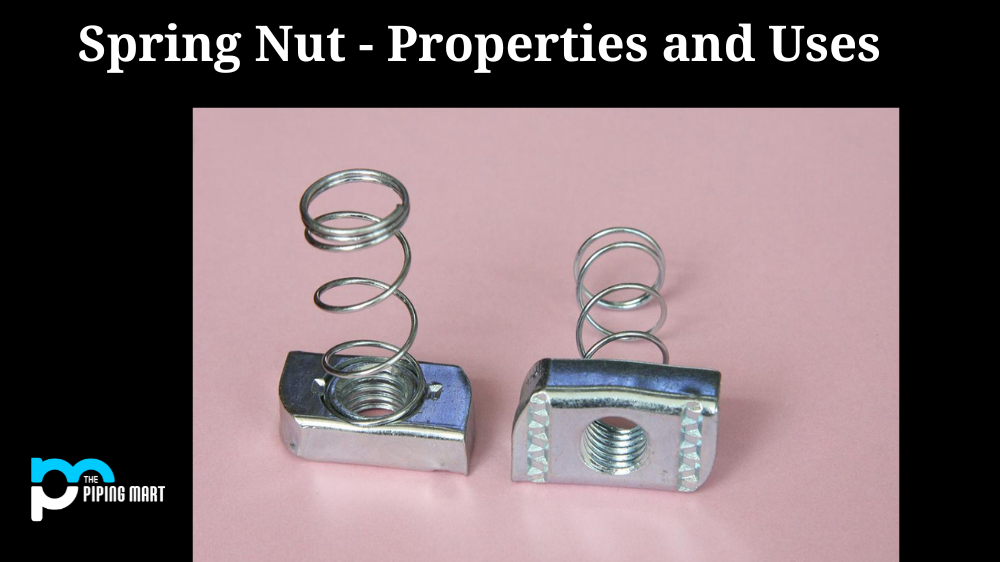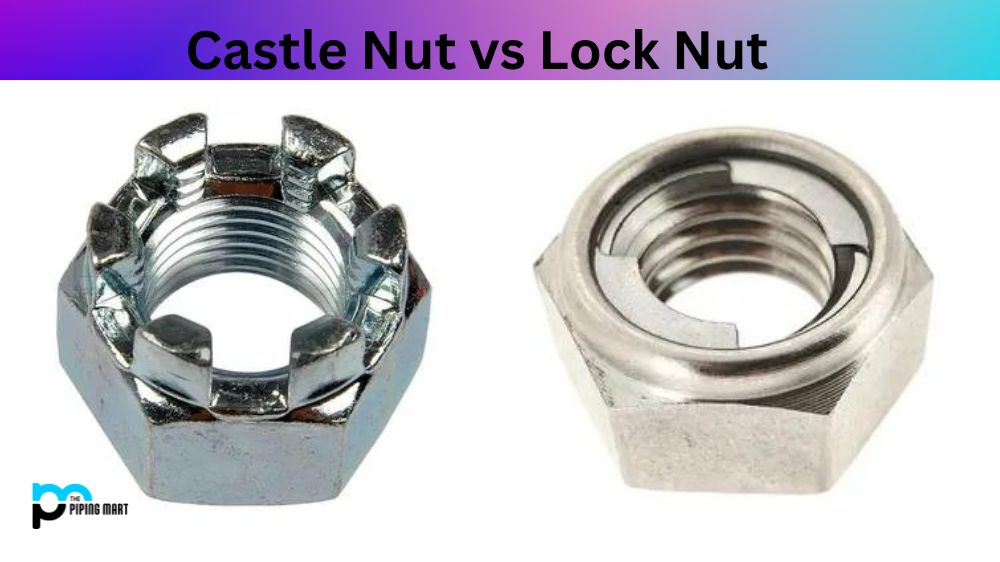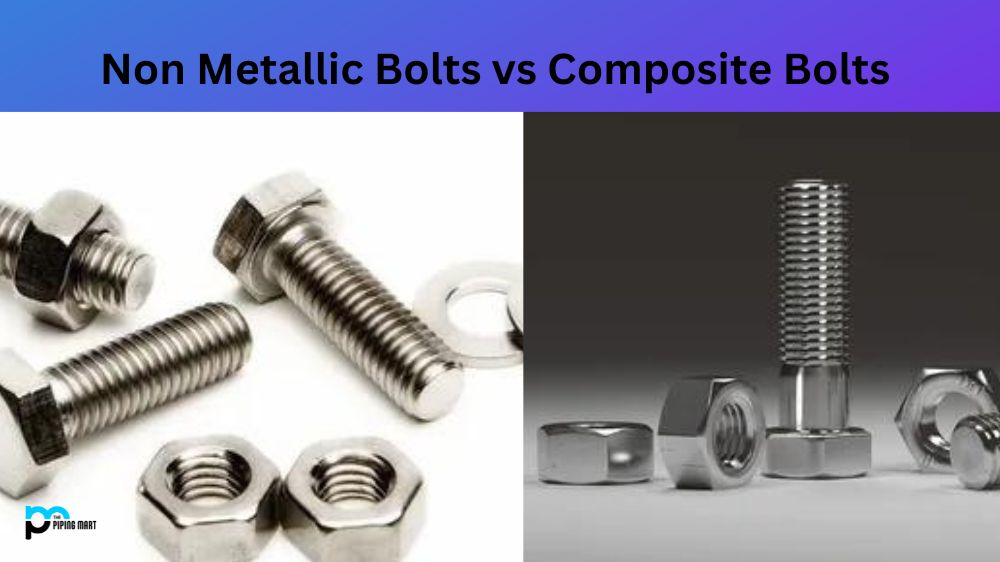Have you ever heard of a spring nut? This small but versatile hardware component is used in various applications, from automotive repairs to industrial machinery. This post will look at what a spring nut is, how it works, and why it’s such an important part of so many projects.
What is a Spring Nut?
A spring nut is a fastener or hardware component with an internal coil or helical spring built into its body. It’s designed to securely hold items together without requiring additional tools or components. The design of the spring nut makes it ideal for applications where frequent disassembly and reassembly are necessary, as it can easily be inserted and removed with one hand.
How Does a Spring Nut Work?
Spring nuts are made up of two parts: the nut itself and the internal coil or helical spring. When inserted into place, the internal spring expands outward, creating pressure against the sides of whatever material it’s being attached to. This helps secure the nut without needing additional tools or components to keep it secured. Additionally, because these nuts use springs instead of traditional threads, they require less torque when tightening them down than their threaded counterparts.
Why Use a Spring Nut?
Like all other hardware components, spring nuts have their own advantages and disadvantages that should be considered when selecting them for your project. One major advantage to using them is that they don’t require additional installation tools or components; this makes them perfect for applications where frequent assembly and disassembly are required. They also provide superior holding power than standard nuts due to their internal coil design; they won’t come loose over time as traditional nuts can sometimes do. Finally, because they require less torque when tightening than threaded nuts, they’re much easier to install quickly and accurately without worrying about overtightening them and causing damage to whatever material they’re being attached to.
Spring Nut Properties
- Spring nut is an annual plant that grows to a height of 20-30 cm.
- The leaves are alternate, oblong-lanceolate, and measure 5-10 cm in length.
- The flowers are white or pale pink and grow in clusters of 3-5.
- The fruit is a nut that measures 1-2 cm in diameter.
- The plant is native to Europe, Asia, and North Africa.
Spring Nut Dimensions
| Nominal (d) | Pitch (p) | s | e | H | Overall Height | m1 | d | D | ||
|---|---|---|---|---|---|---|---|---|---|---|
| Standard Size | Tolerance | Minimum | Standard Size | Tolerance | Minimum Maximum |
Max. | ||||
| M6 | 1.0 | 10 | – | 11.1 | 5 | – | 7.7-9.0 | 2.1 | 7.75 | 12.2 |
| M8 | 1.25 | 13 | 0 -0.25 |
15 | 6.5 | 0 -0.33 |
9.7-11.3 | 2.5 | 9.45 | 15.6 |
| M10 | 1.5 | 17 | 19.6 | 8 | 12.3-14.0 | 3.1 | 11.55 | 20.4 | ||
Conclusion:
In conclusion, spring nuts offer an incredibly useful solution for applications requiring frequent assembly and disassembly. Their internal coil design gives them superior holding power compared to traditional nuts while also requiring less torque when tightening down—allowing you to more quickly and accurately install them without worrying about damaging whatever material they’re being attached to due to over-tightening. So if you’re working on any project where frequent assembly and disassembly are necessary—or if you simply want an easy way of securely attaching things—consider using one (or more!) of these versatile little fasteners!
Sakshee is a talented blogger, with a particular focus on the Business and Metal Industry. She is passionate about sharing her insights on various metal products and helping professionals to make a better decisions.





